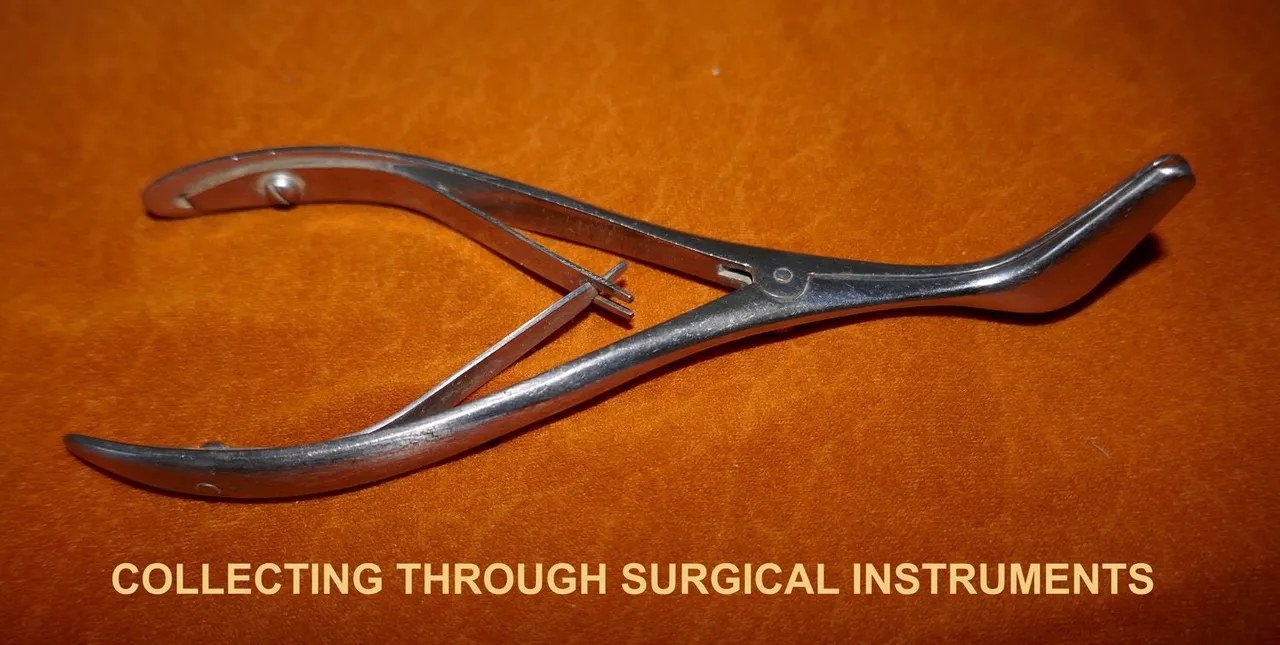
It was 1988, I was in the middle of my medical internship, and while rotating through surgery, I was always attracted by the surgical instruments that were used. I was fascinated by the variety of their designs, the shine of the metal and the diversity of their uses.
At home, my father had some of those instruments, from the time when he had his private practice, before 1959. Later I bought others abroad, according to my preferences.

Curved dissecting forceps with fine tip
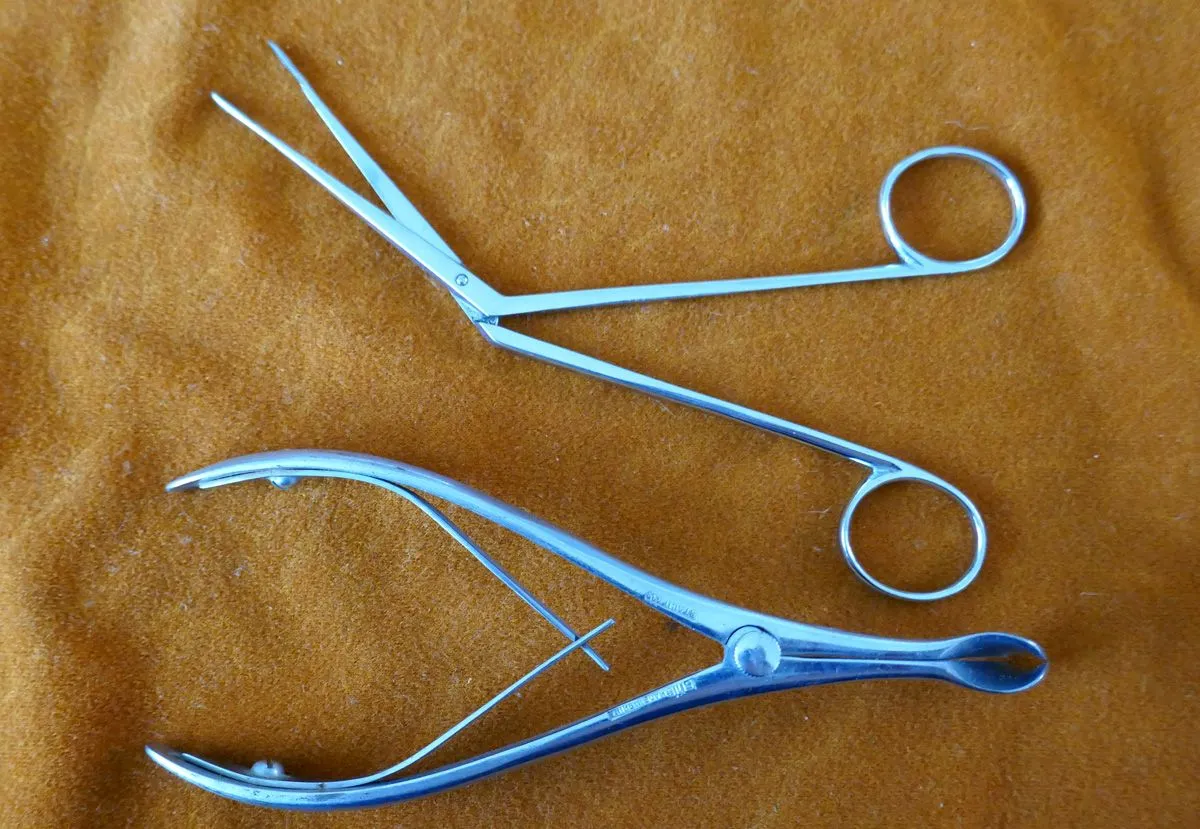
From two objects we start talking about a collection. There is no maximum limit to the number of elements
In Collecting we gather and compile those objects that we like, or that have some kind of interest for us.
What to collect?
Any item can be collected. They can be taken from nature or man-made items. The least you can imagine, can be collected.
I remember my son Favio, at the age of ten, liked to collect cigar boxes, badges, and playing cards.
What really matters is the motivation, and the passion we have to drive us to take action.
Nothing in life is static. This also applies to collectibles. They can be:
Objects of the same type, shape, color:
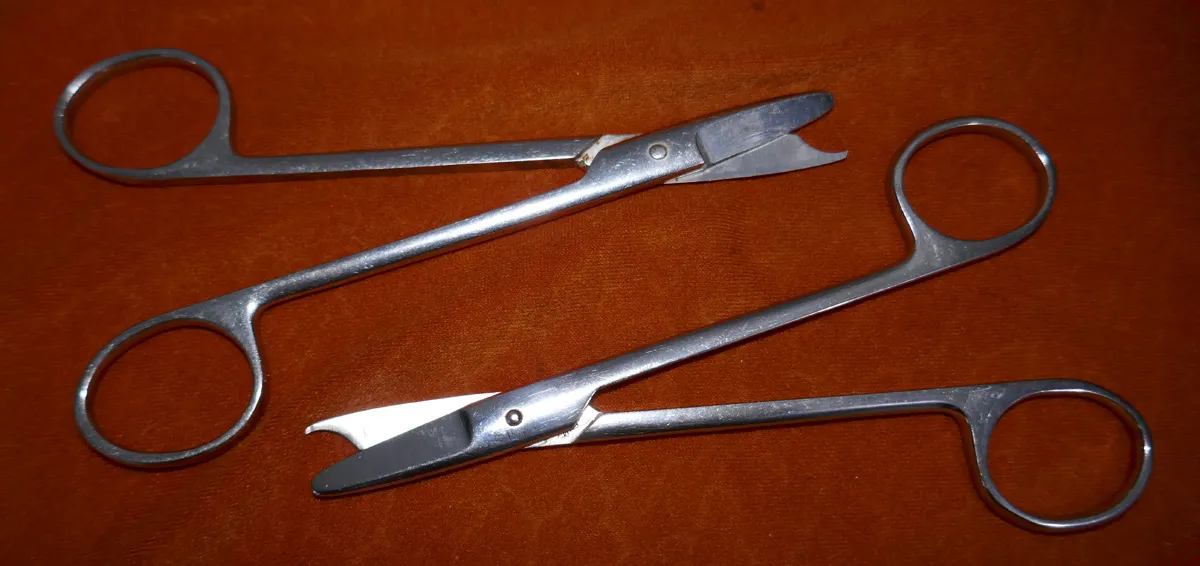
Example: Collecting scissors to remove sutures
Distinct objects that share a common purpose:
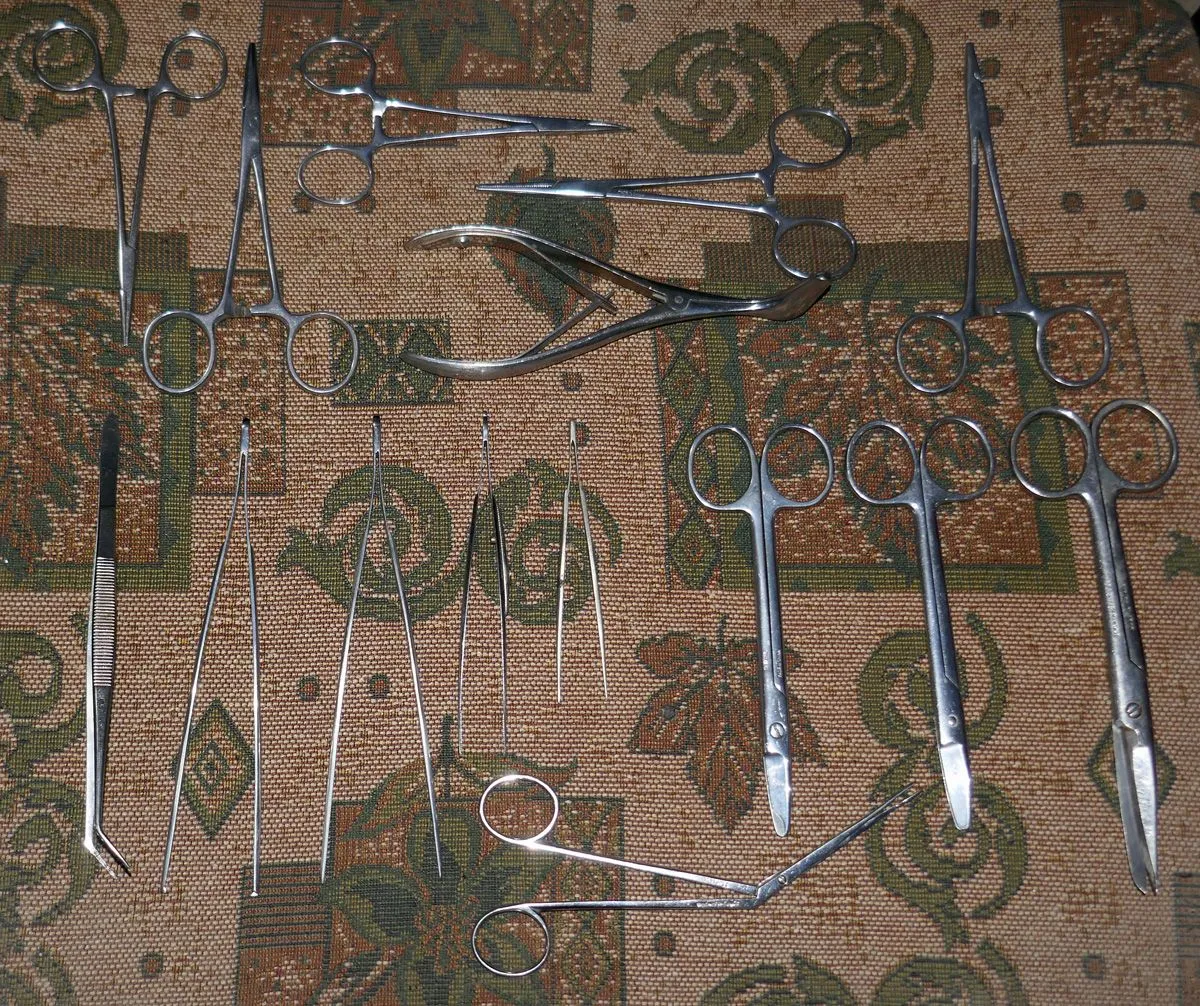
Different objects create an Instrumental Kit, to be used as tools for a doctor's work
A small snowball descending from a mountain grows in size as it travels along the road; in the same way, a collector's hobby matures over time.
The objects to be collected can be acquired for free or for a fee. Their prices can range from low figures to six zeros. Examples: luxury yachts, private jets, etc.
It will depend on the type of item, year of manufacture, type of models and editions, material that composes it, state of conservation, balance between supply and demand in the market, external situation at the time of sale, specific factors related to the seller and the buyer, among other variables.
How to take the hobby to a higher level?
It implies increasing knowledge, research work, and learning through daily experience. All this may take time and effort.
It is a hobby that requires observation, patience, we can not be impulsive when it comes to sift well our choice.
For paid items, it is advisable to have a separate budget, so that when the occasion arises you can acquire it.
We must also keep an inventory to have the detail of what we have. Even objects of great value can sometimes be insured.
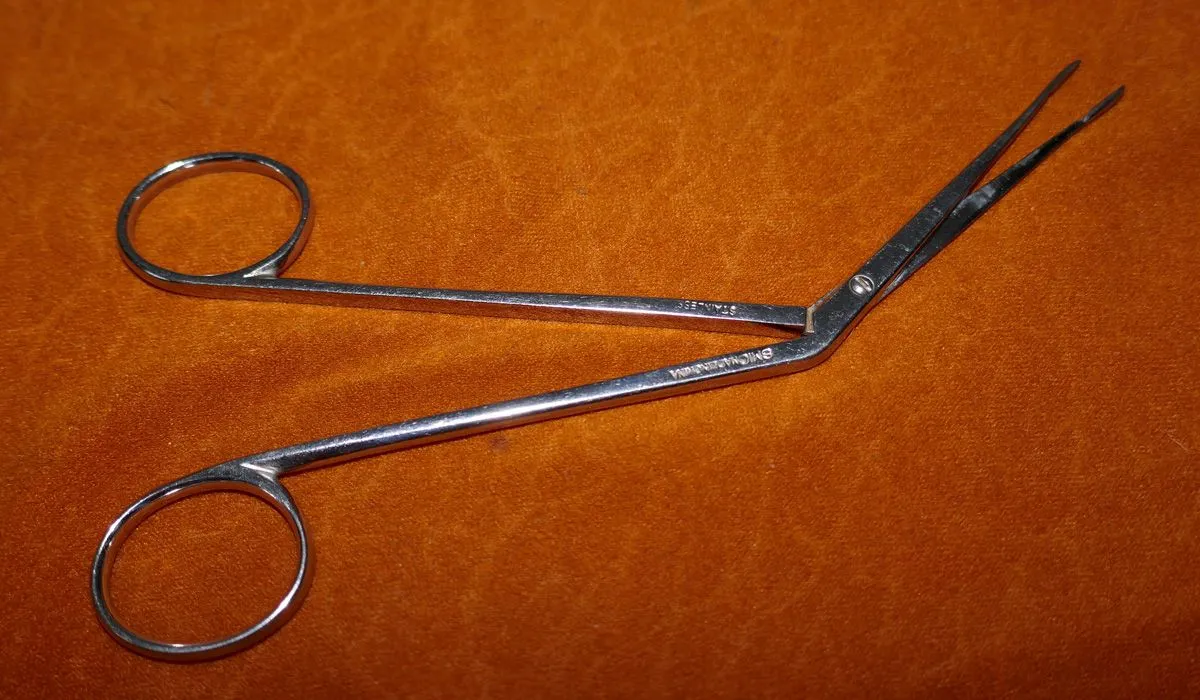
Forceps used in Otorhinolaryngology
How to start this hobby?
Find that first element that awakens your interest, that when you see it, you feel that it catches you and you perceive the desire to have it with you.
In my case, once I found the first scissors at home, I started researching about these tools. I learned their names and benefits. I learned that they are made of materials that prevent corrosion, such as stainless steel, using alloys of carbon, nickel, iron, chromium, nickel, among others. They are made of titanium, vitalium, silver and other metals that provide resistance and lightness, so that they last and do not cause discomfort during use.
Depending on their shape, they can be one-piece, articulated, with forceps, and with locking systems. Shiny finishes are avoided so that the refracted light does not distract the surgeon. Certain colors are used, sometimes dark tones, to provide a better contrast with the tissues. There are basic use and specialized ones for certain types of interventions.

Foerster clamp used for asepsis with swabs and gauzes
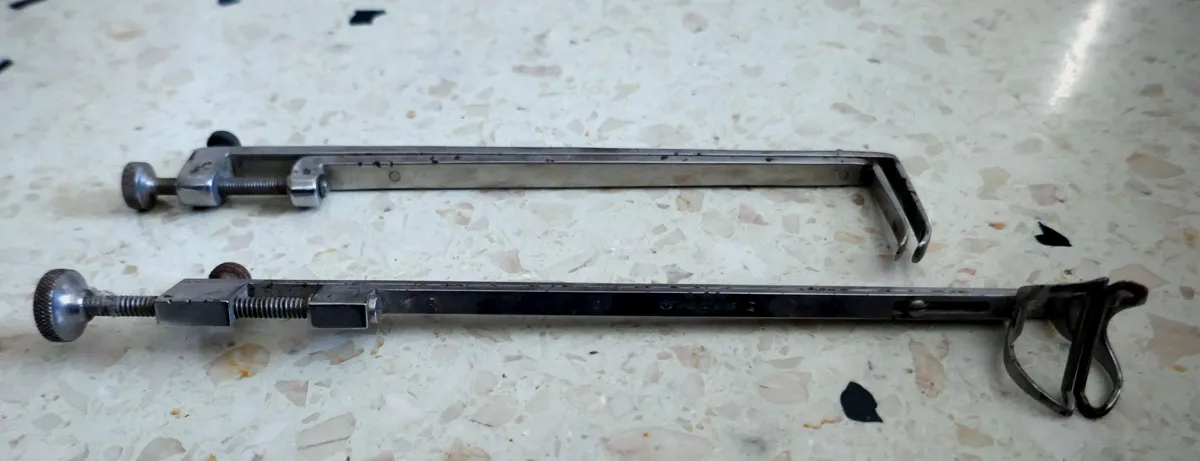
Spreaders: used to separate tissues to facilitate the surgical approach

Stryker flexible grasping forcep
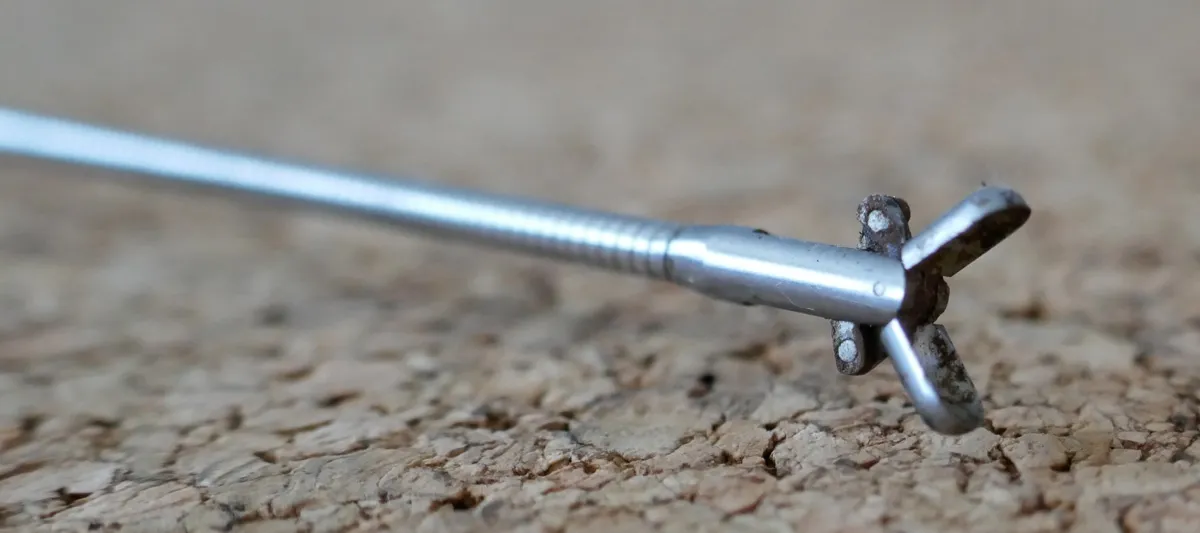
Its crocodile-like tip allows the collection of tissue samples
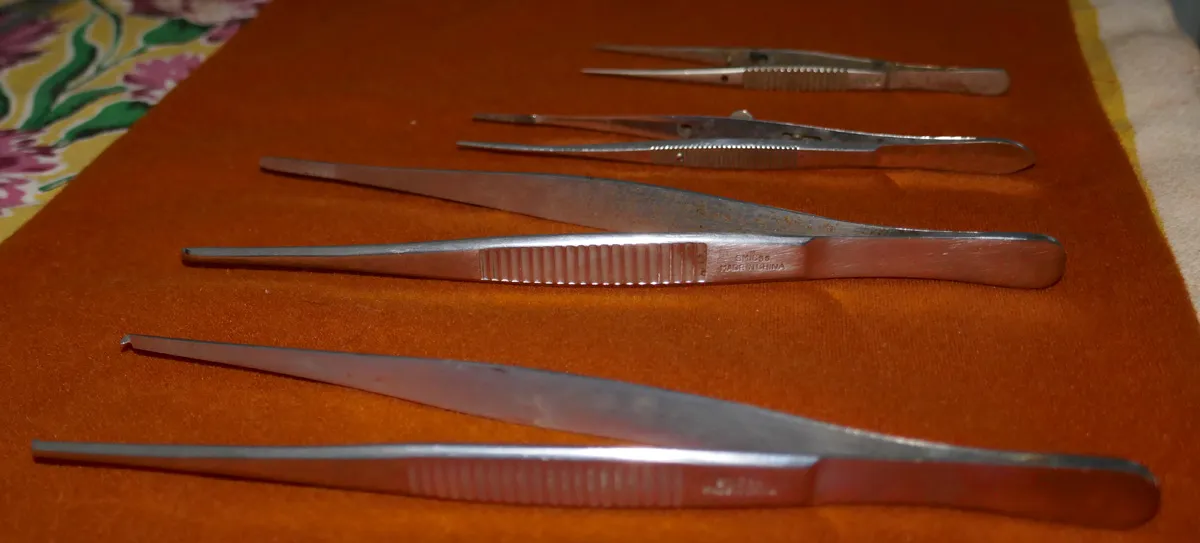
Straight dissecting clamps, with or without teeth. Used to manipulate objects and tissues
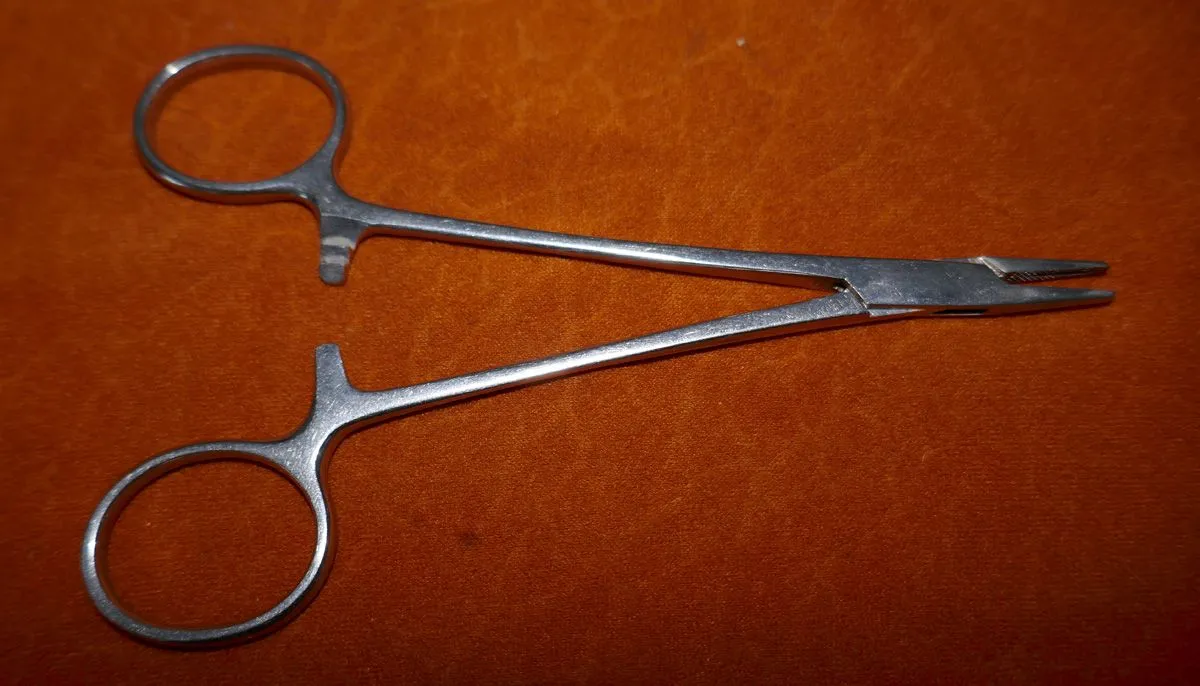
Needle holders: to hold suture needles
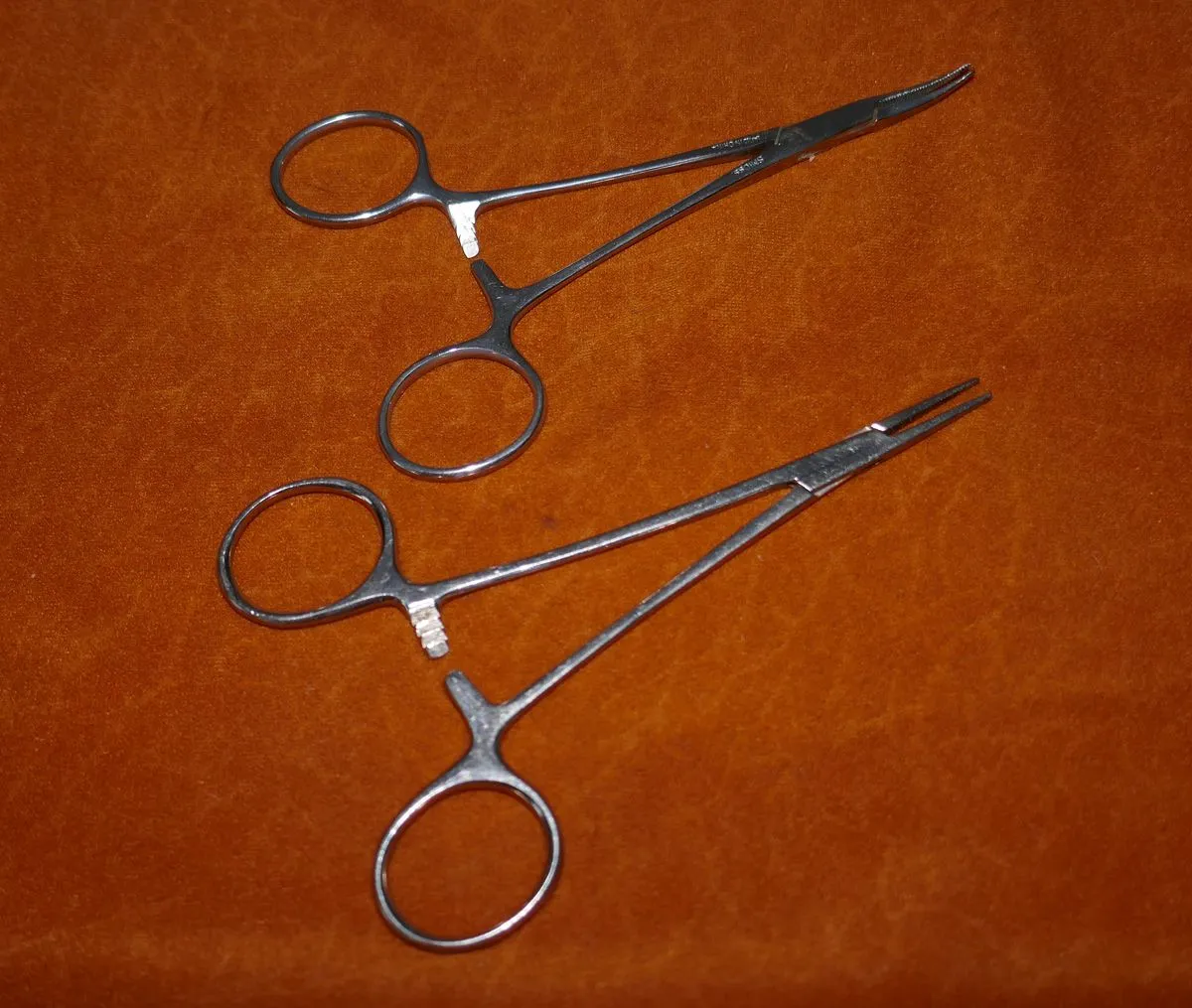
Curved and straight Kelly forceps. Used for tissue grasping and blood vessel clamping

Straight and curved Kocher forceps. For vessel hemostasis, it guarantees more fixation due to the teeth on its tip

Mayo curved and straight scissors: for cutting and sectioning fabrics, hair and threads
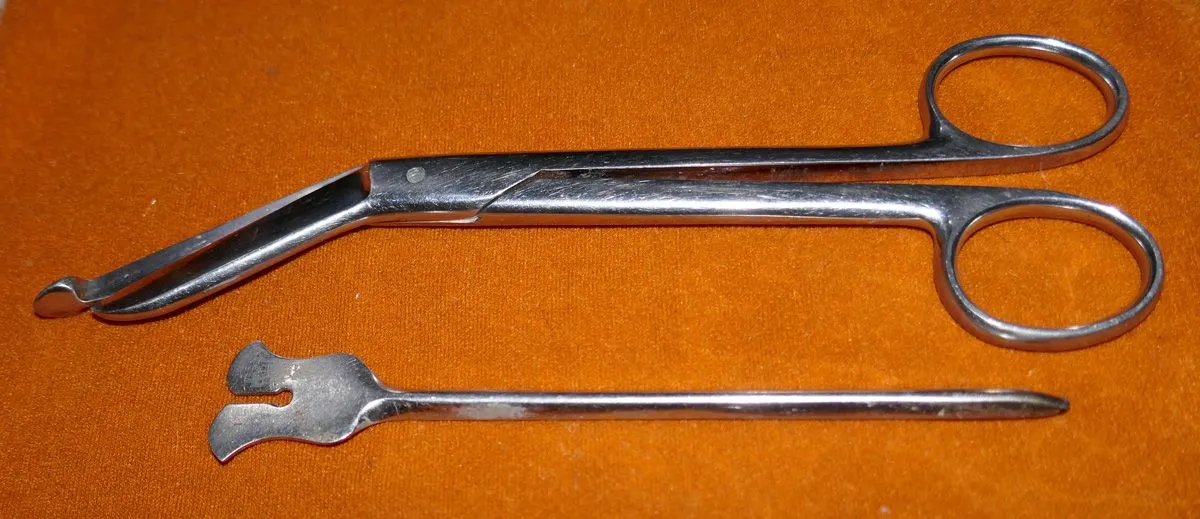
Lister or button scissors, used to cut bandages, clothes, etc. Grooved probe, used to separate vessels, tissues and nerves
Friends, I have shared with you one of my collections related to my father's and my profession. They have not only served me for medical use. They are very useful for repairs and crafts of household appliances that I do at home.
I think that giving photos as a gift, without the real history that accompanies them, and more so in this corner, is like giving a kiss without wishes. The extra information may be useful to those who would like to start in this passion. Have a good start of the week.

Thank you for reading
Welcome your comments
Infinite greetings!
Own photos. Camera: Panasonic Lumix model DMC-ZS100
Photo cover: Killian Nasal Speculum
Text divider. Free use from @eve66
Text by Andrés Brunet